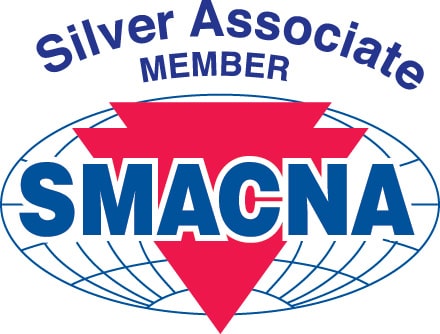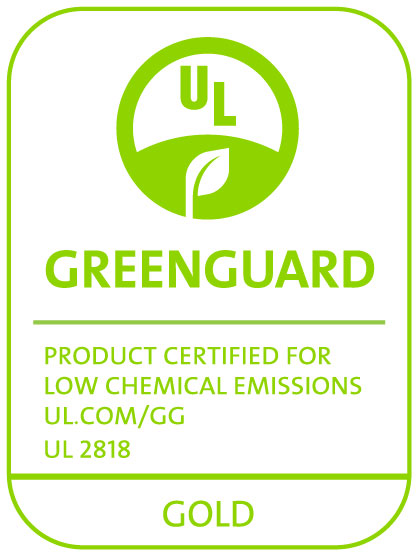Aerofix® Insulated Pipe Supports: Thermal Management
August 25, 2023
Aerofix Design Aerofix Insulated Pipe Supports are designed with advanced materials and engineering. These patented pipe supports are intended for industrial and commercial use. They consist of a rigid polymeric…
Learn More










